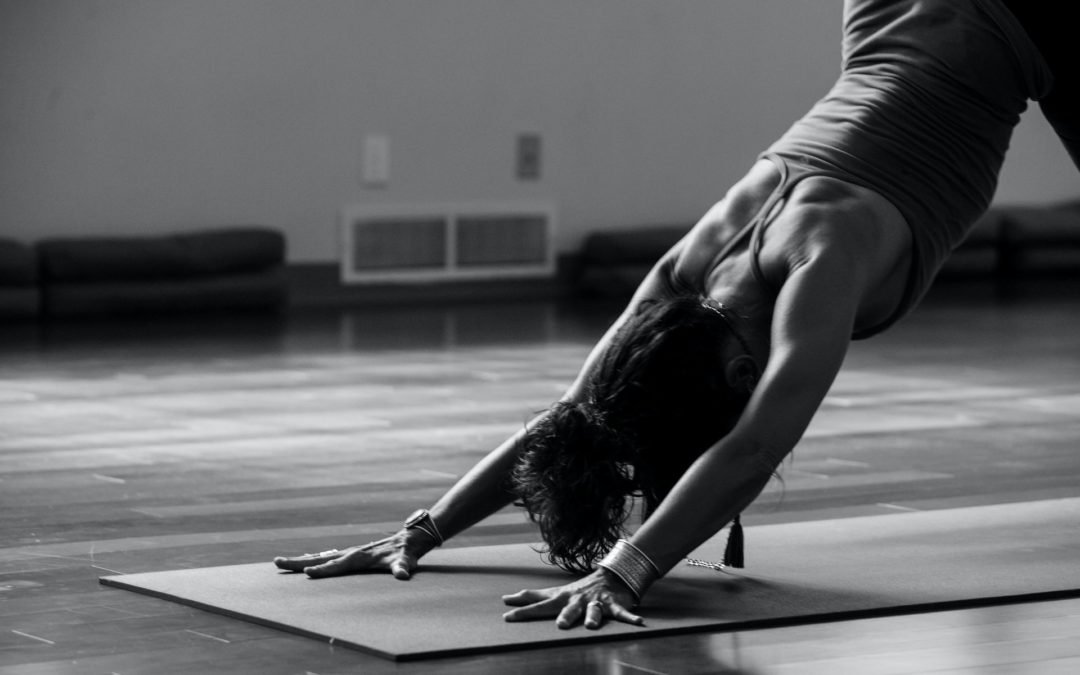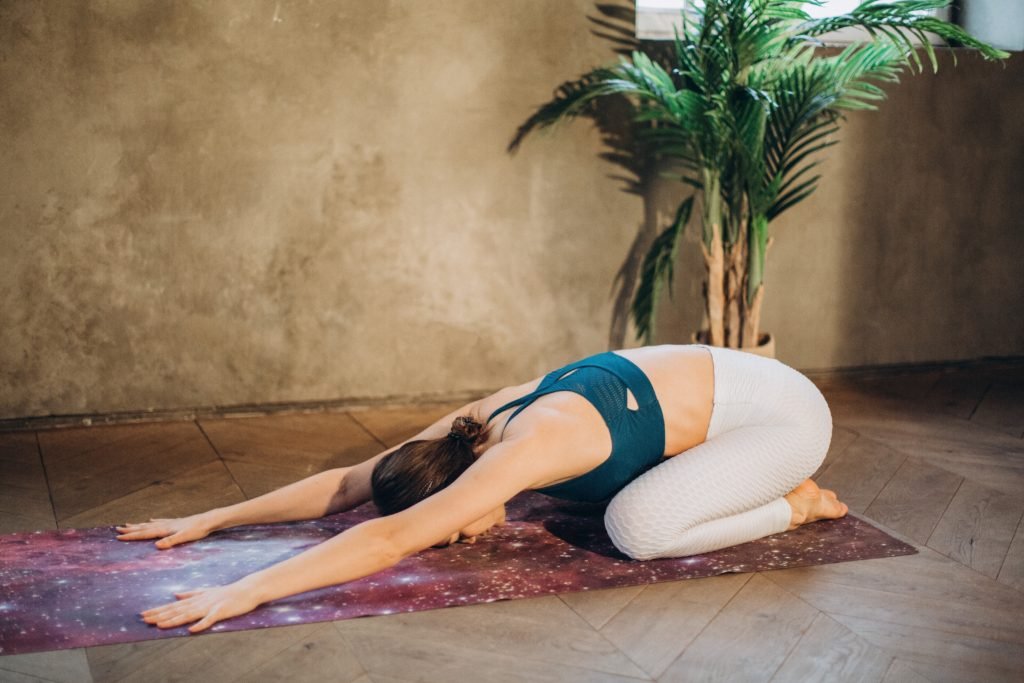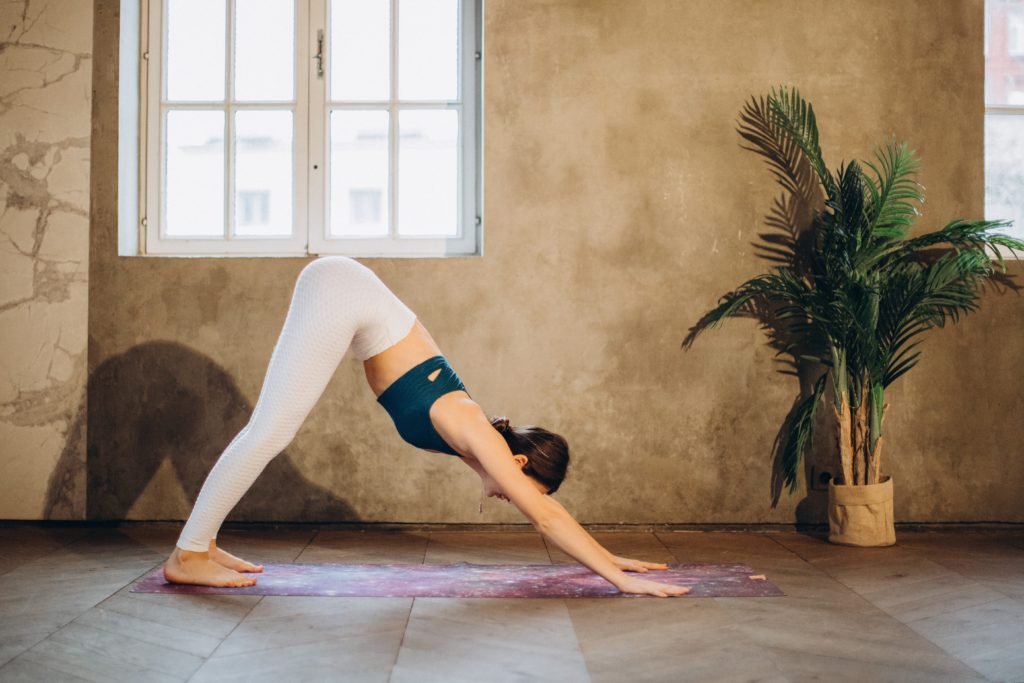Prolonged standing and strenuous physical activities are part and parcel of a nurse’s job. Handling heavy medical equipment, changing the position of bedridden patients, and shifting patients for diagnostic tests, etc. are some of the main activities that a nurse performs daily. These activities along with prolonged standing put nurses at high risk of musculoskeletal problems. According to a review, musculoskeletal injuries are common among healthcare workers and are highest in nurses and orderlies. Another research article stated that the major contributing factor for absenteeism among nursing professionals is a work-related musculoskeletal disorder (WMSD) and the most commonly affected regions by WMSDs were the lower back, neck, shoulder, and back.
These work-related musculoskeletal problems can be prevented by incorporating body mechanics and yoga into the routine.
Keeping in mind that back is one of the commonest regions when comes to WMSD among nurses, this post brings the super-easy yoga poses for nurses to prevent backache.
Note: The following poses are for preventing backaches, increasing spine flexibility, and promoting muscular health around the back. In case of any medical issues, consult medical experts before following these yoga poses.
Bridge Pose (Setu Bandhasana)
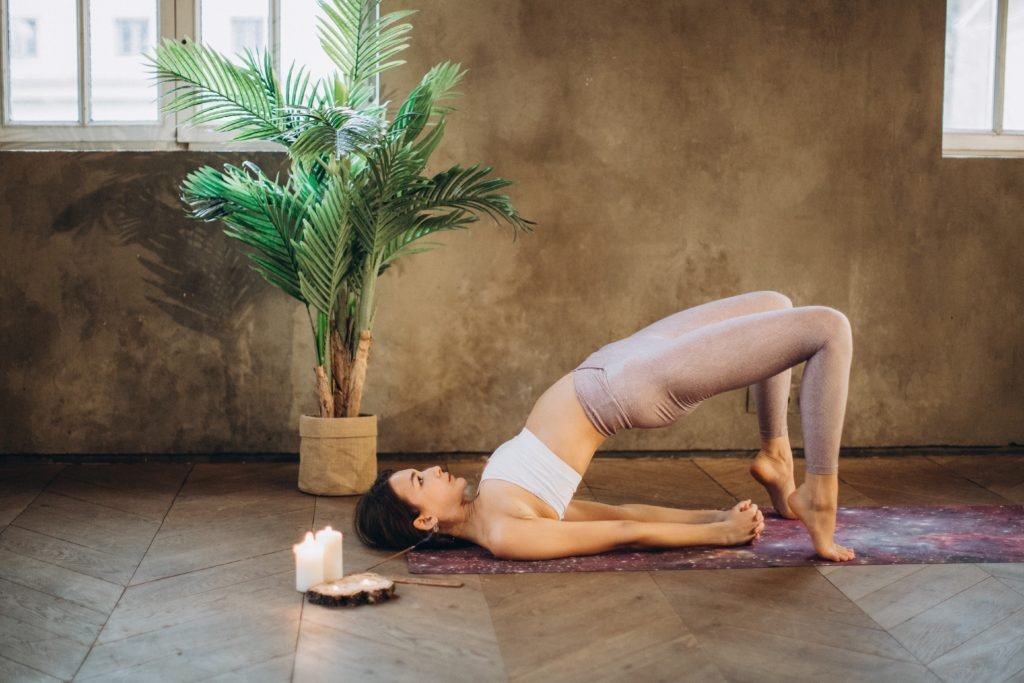
1. Lie flat on the back.
2. fold knees so that the soles lie flat on a mat, and knees are face up towards the ceiling
3. Keep knees hip-width apart.
4. Keep hands next to the body with palms facing down.
5. Bring heels as close to the sitting bones, such that fingertips of hands slightly touch your heels.
6. Take a few deep breaths and relax.
7. On inhale, firmly press palms and soles on a mat, slowly raise tailbone and hips towards the ceiling, so that thighs are parallel to the floor and chin is close to the chest.
8. Hold the pose for at least 5-6 breaths.
9. On exhale, slowly release the pose by rolling the spine down on the floor.
10. Unfold your knees and lie flat in a supine position for few minutes
Caution
1. Avoid movement of the neck during the pose to prevent sprain.
2. Perform as per your comfort level.
3. People with neck pain, neck injury, migraine, stomach diseases, intestinal diseases, severe osteoporosis, knee injury, and a history of knee surgery should avoid this pose.
4. Pregnant women should refrain from doing this pose.
Child Pose (Balasana)
1. Kneel on the mat by keeping back straight and hands beside the body
2. Sit on your heels and keep your knees hip-width apart.
3. On exhale, slowly bend forward by moving your chest towards the thighs and touch your forehead on the mat
4. Slide hands backward by keeping the palm facing up towards the ceiling after bending forward or, you can move your palms forward while bending forward and can stretch your hands straight in front of you.
5. Stay in this calming posture for 30 seconds to one minute.
Caution
1. People with ankle injury, knee injury, severe spondylitis, and diarrhea should avoid this pose.
2. Not advisable during pregnancy.
Sphinx Pose (Salamba Bhujangasana)
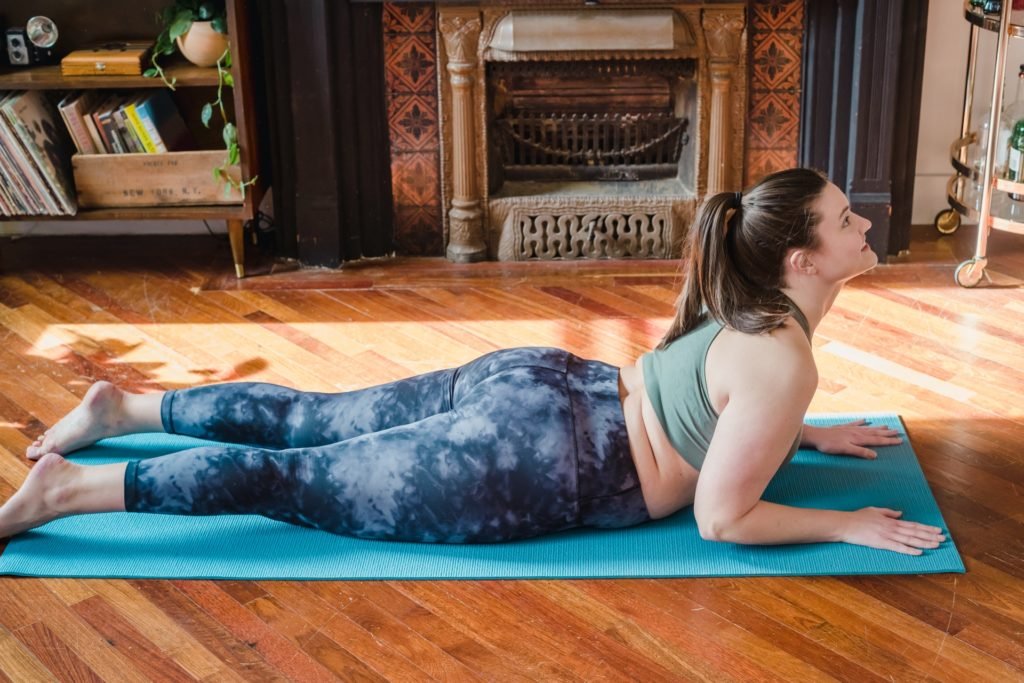
1. Lie flat on your stomach.
2. Keep legs hips-width apart, chin and forehead touching the mat, and hands beside your body.
3. Press the top part of your feet on the mat, take your big toes straight out.
4. Avoid curling your toes to avoid unnecessary strain on the spine, and keep ankles inward instead of sickling the feet.
5. Bring your elbows forward beneath your shoulders, rest forearms on the floor parallel to each other.
6. Keep palms facing down with fingers slightly spread.
7. On inhale, press forearms on the mat, and slowly lift your head and chest off the floor.
8. Don’t put unnecessary strain on abs and back.
9. Keep your gaze straight, breathe normally, and be aware of the stretch.
10. Hold this pose for 30-40 seconds and slowly bring your torso down to the ground on exhalation.
Caution
1. Don’t practice in case of back, arm, and shoulder injury.
2. Under expert guidance, pregnant women can practice the modified pose using a wall.
3. Avoid unnecessary strain on the spine and practice in your comfort.
Downward Facing Dog Pose (Adho Mukha Savasana)
1. Kneel on the mat, bend the torso forward, and put hands below the shoulders.
2. Keep palms facing down (shoulder-distance apart) in front and knees (hip-width apart) below the hips.
3. Hands should firmly grip the yoga mat.
4. Tuck toes under.
5. On exhale slowly lift knees away from the floor, move hips up and back towards the ceiling.
6. Keep gaze down towards navel.
7. Bring heels down towards the mat so that they can lie flat on it.
8. Remain in this pose for few seconds as per comfort.
9. Come down on your knees and sit on top of your heels to release the pose.
Caution
1. Avoid putting unnecessary strain while doing the pose. Do as per your comfort level.
2. Avoid doing in case of the wrist, arm, shoulder, and back injury.
3. Contraindicated for people with a head injury, hypertension, carpal tunnel syndrome eye surgery, or any eye disease.
Cobra Pose (Bhujangasana)
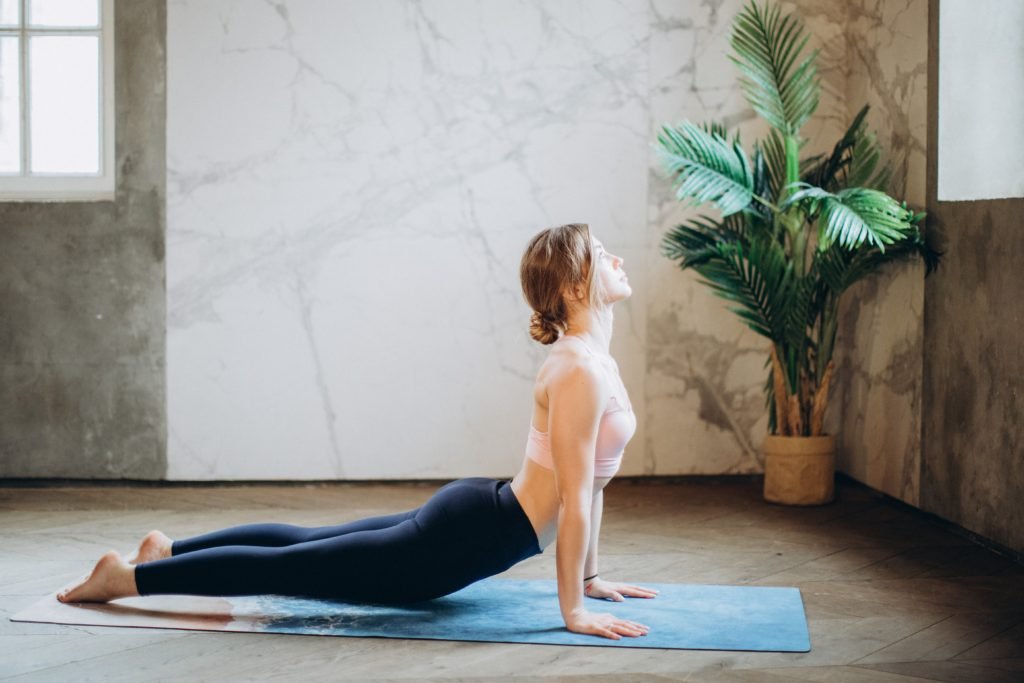
1. Lie flat on the stomach, keep your legs straight, and hand on either side of your body as you do in the sphinx pose.
2. Bring your palms forward and keep them slightly lower than your shoulder so that the fingertips slightly brush your shoulder muscle.
3. Keep elbows close to your body. Elbows should point straight, towards the back instead of pointing in an outward direction.
4. On inhale, slowly lift your head, and chest by straightening the arms, and pressing the palms on a mat.
5. Engage abs during the pose, and try to gaze towards the roof without extending the neck too much.
6. Raise to a height at which your pubis and thighs didn’t detach from the floor.
7. Hold the pose for 30-45 seconds.
8. Slowly bring your chest and head down by relaxing your arms.
Caution
1. Don’t practice if you have spondylitis, back injury, or if you are pregnant.
2. People with stomach problems like ulcers require expert medical and yoga guidance.
3. Don’t focus on putting the strain over the lower back but, spread the stretch evenly all over the spine
4. Avoid unnecessary neck stretch by dropping head backward.
5. Asthma patients should avoid doing the posture.
The five yoga poses focus on strengthening the back and prevent occurrence of back related problems later in life. Nurses can easily put a check on back related problems by including these simple poses in their daily routine.

